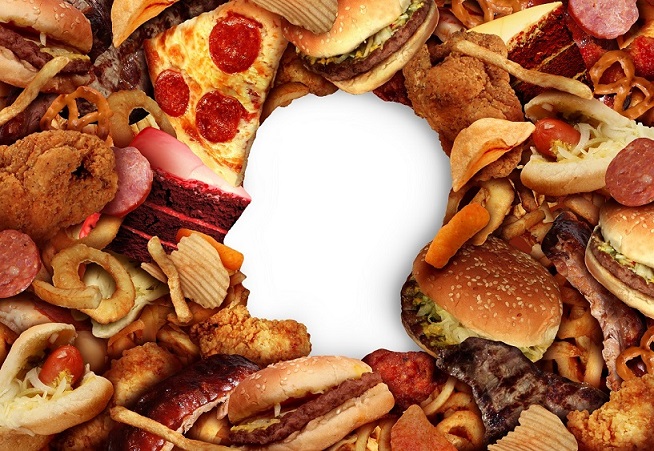If you have ever made room for a tempting cup of ice-cream even though you were already full, you must have experienced Emotional Eating, something very common among vitiligo fighters. This means, many times, you must have used food to fulfill your emotional needs overfilling your stomach.
Using food to make you feel better is certainly not a bad idea occasionally. But, when it becomes a stress relieving exercise, you find yourself stuck in a deadlock where the real problem is not being addressed, i.e. keeping negative emotions at bay in vitiligo.
Emotional hunger certainly cannot be filled with food. It may feel good momentarily, but afterward one carries that guilt of eating unhealthy food, which can further affect vitiligo negatively. Before you recognize it as a problem, it gets harder and harder to control weight and learn healthier ways to deal with emotions in vitiligo. So how do you surpass this problem? And how you save yourself from falling into the same trap? Try these five tricks.
1. Clean up your Fridge
Take a look at your refrigerator. Throw all food items you find comforting. Make some room for unprocessed, low-calorie foods. Replace ice creams or creamy chips with fresh fruits and vegetables or even unbuttered popcorn for munching. It’s time to put some healthy snacks and green tea on your kitchen shelves. Before driving to a restaurant around the corner, or calling for pizza delivery, go for a walk or wait until your emotions are in control.
2. Identify stress triggers
Each time you feel compelled to reach for your comfort food, take a pause and think what triggered it. Are you stressed or angry? Or, you feel scared, bored, sad, or lonely? It would certainly help you observe patterns in your binge eating, establishing connections between food and your mood. Once you recognize your emotional eating triggers, the next step would be identifying healthier ways to feed your feelings.
3. Find ways to feed your feelings
It’s not enough to discover only triggers. You need alternatives to food for emotional fulfillment as well. If you’re depressed, call somebody who always makes you feel good. Play with your pet, or look at a favorite photo. If you’re anxious, dance to your favorite song, squeeze a stress ball or walk on the home treadmill. And, if you’re exhausted, having a hot cup of coffee, lighting some scented candles, or wrapping yourself in a warm blanket are great relaxation treats.
4. Pause when the craving hits
Most stress eaters feel helpless over their food cravings. Before you even realize what is there in your mouth, give yourself a chance to make a different choice. All you need to do is put off eating for five minutes and keep counting numbers slowly. If five minutes seems impossible, start with one minute. This would certainly help you set yourself up for a different response.
5. Exercise daily
Physical activity does wonders for your mood swings in vitiligo, being a powerful stress reducer. Make daily exercise a priority. Intense exercises increase cortisol levels temporarily, but low-intensity exercises are known to reduce them. So? Try Yoga, which has elements of both exercise and meditation to keep you emotionally balanced.

